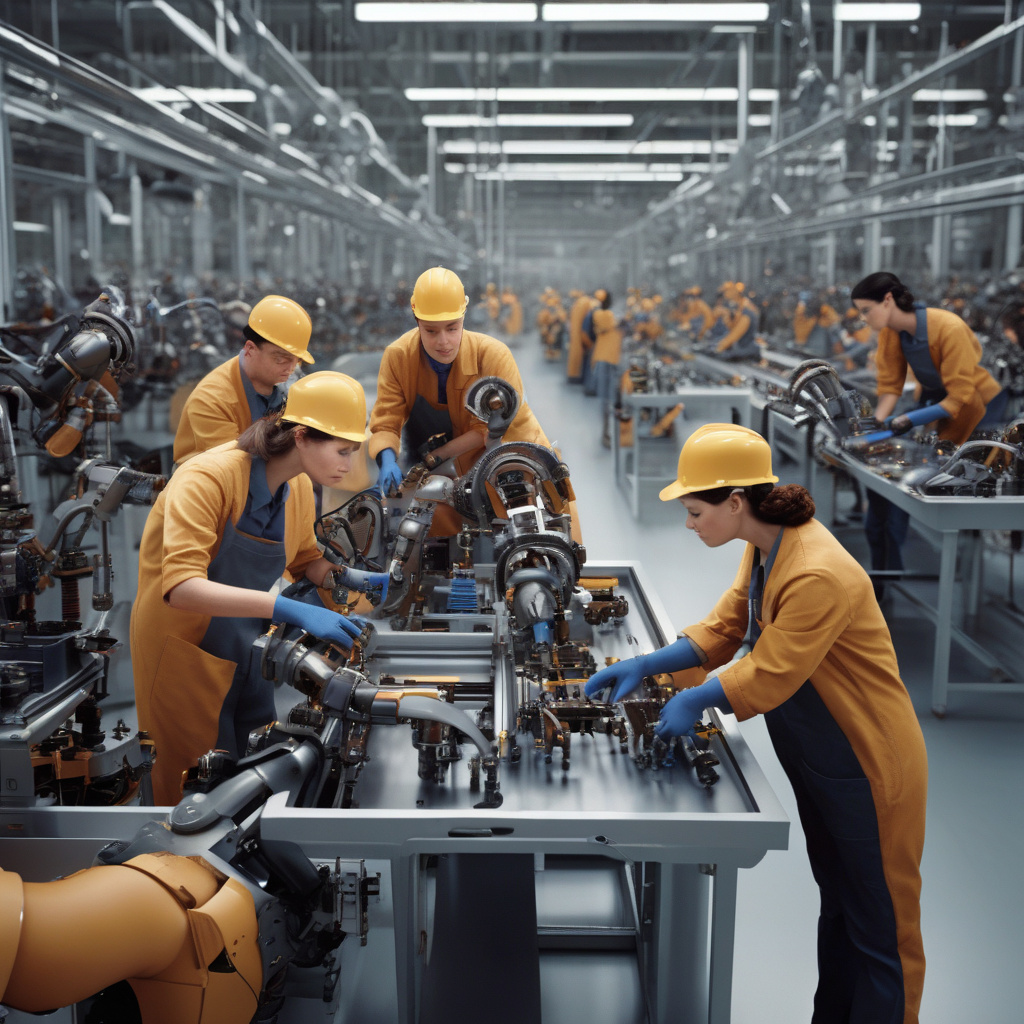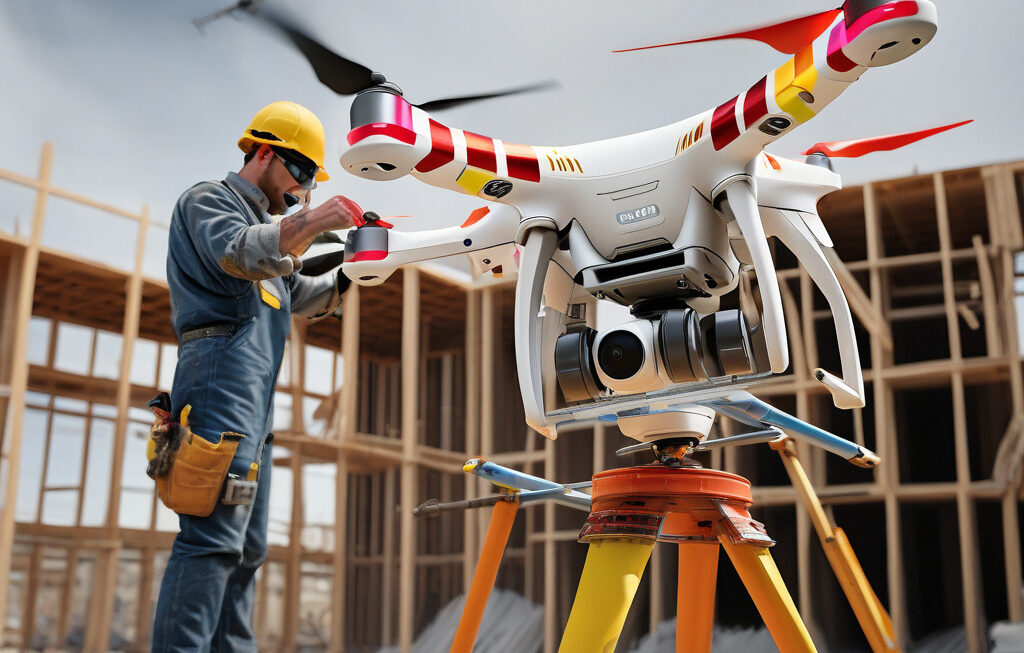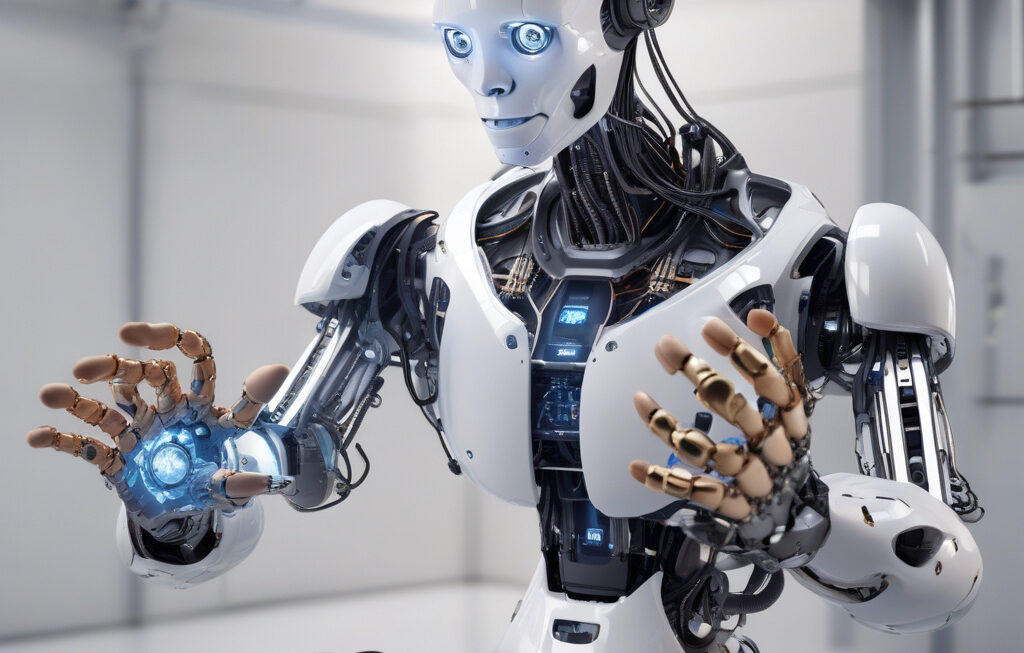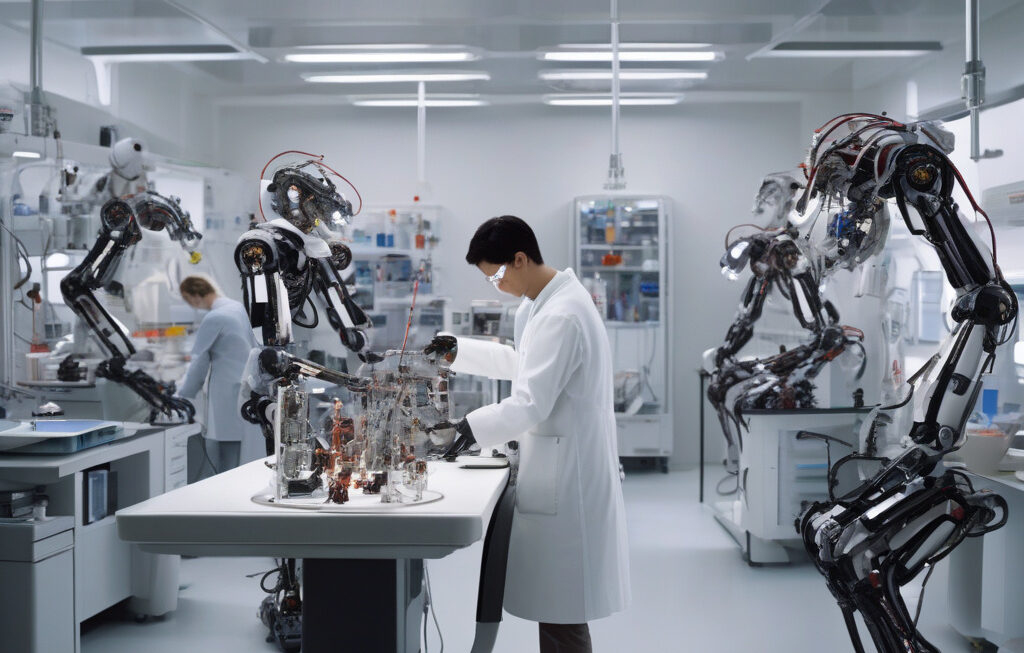New Haptic Tech Inspired by Real Tools Gives Factory Workers Robotic Superpowers
Robotic automation is rapidly becoming the norm in large-scale manufacturing, especially in high-risk industries like automotive, aerospace, and electronics. While these technologies have revolutionized production lines, they have also created new challenges for human workers. How can we ensure that humans and robots can work together seamlessly and safely? The answer may lie in the latest advancements in haptic technology.
Haptic technology, which simulates the sense of touch through vibrations, forces, and motions, has been around for a while. However, recent innovations have taken this technology to a whole new level by mimicking the feel of using real tools. Imagine a factory worker putting on a pair of gloves that allow them to “feel” the weight, texture, and resistance of the tools they are using, even when operating a robotic arm from a distance. This is no longer science fiction but a reality thanks to companies like HaptX and their cutting-edge haptic systems.
One of the key advantages of this new haptic technology is the level of control and precision it offers to factory workers. By providing realistic tactile feedback, workers can operate complex machinery with greater dexterity and efficiency. For example, in industries where delicate components need to be assembled with precision, such as electronics manufacturing, haptic technology can make all the difference. Workers can now experience the sensation of tightening a screw or soldering a circuit board as if they were using their bare hands, all while benefiting from the strength and reach of a robotic arm.
Moreover, this technology is not just about improving productivity; it’s also about ensuring the safety and well-being of workers. In high-risk environments where heavy machinery and hazardous materials are present, haptic feedback can alert workers to potential dangers before they escalate. By simulating the sensation of heat, pressure, or vibration, workers can react promptly to avoid accidents and injuries. This proactive approach to safety is invaluable in industries where a single mistake can have catastrophic consequences.
The applications of haptic technology in manufacturing are vast and varied. From training new employees in virtual environments to remotely controlling robotic equipment in hazardous settings, the possibilities are endless. By bridging the gap between humans and machines, haptic technology is transforming the way we think about work and automation.
As with any emerging technology, there are challenges to overcome. Integrating haptic systems into existing manufacturing processes can be complex and costly. Training workers to use this technology effectively also requires time and resources. However, the long-term benefits far outweigh the initial investment. Increased productivity, improved quality control, and enhanced worker safety are just some of the advantages that haptic technology can bring to the table.
In conclusion, the new haptic technology inspired by real tools is giving factory workers robotic superpowers by enhancing their control, precision, and safety in the manufacturing environment. As this technology continues to evolve and become more accessible, we can expect to see a workforce that is empowered to take on new challenges and push the boundaries of what is possible in the world of automation.
#HapticTechnology, #ManufacturingInnovations, #WorkerSafety, #Robotics, #FutureOfWork












